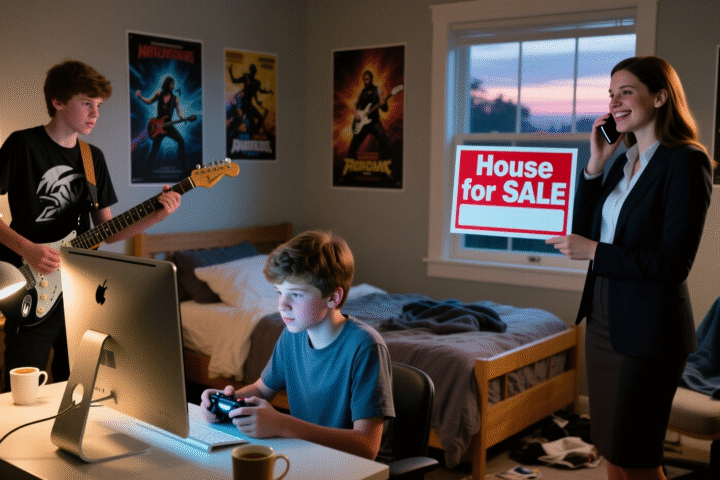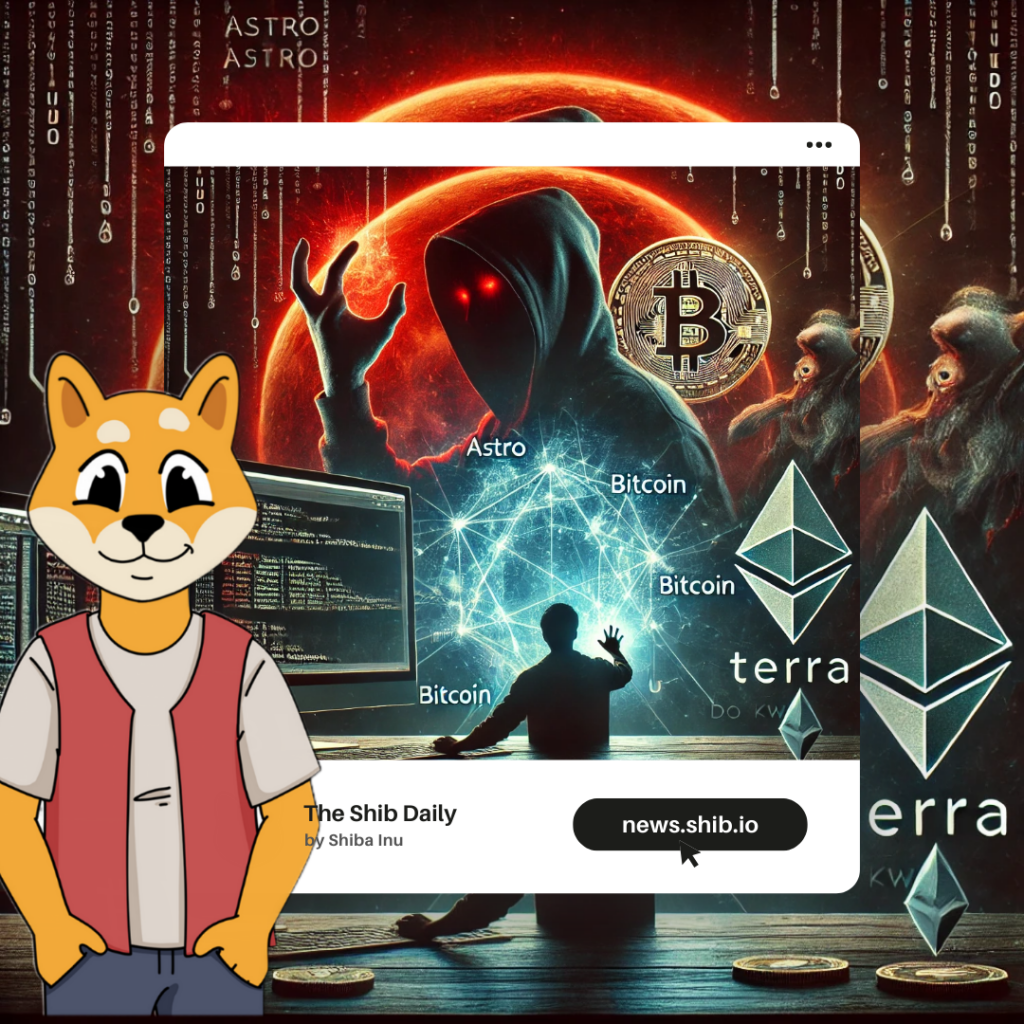Two artists in the United States have sued the Securities and Exchange Commission, saying the market watchdog does not have the authority to regulate the selling of Non-Fungible Tokens (NFTs).
Brian L. Frye, a law professor and conceptual artist, and Jonathan Mann, a musician who specializes in music NFTs, filed the lawsuit in the United States District Court for the Eastern District of Louisiana on Monday.
The duo argue that the present SEC guidelines are detrimental to digital artists and creators wishing to tokenize their work.
Impact on Digital Art and Artists
Frye and Mann contend that the SEC’s ambiguous guidelines on the registration of digital art hinder artists who wish to tokenize their work on blockchain platforms. They uphold the fact that the laws must be clearer and more accessible to promote the growth of the digital art market.
As per the lawsuit, the SEC must provide more transparent regulations to help digital artists thrive.
Talking exclusively to The Shib Daily, Frye shared that he and Mann sued the SEC, asking for a declaratory judgment because they believe that making and selling art isn’t and can’t be a violation of the securities laws, even if it is done in the form of NFTs.
“If selling an NFT is selling a security, then selling any artwork is a security because an NFT is just a receipt for ownership of an artwork. We don’t intend to give [in] to the SEC. And we are confident that the federal courts will agree with us, because the SEC’s position makes no sense,” he said.
Background and Context
Frye, who was also once a summer associate at Sullivan & Cromwell, deeply studied securities regulation. “The more I studied the definition of a security, the more securities reminded me of conceptual art,” he wrote on X.
He then made a reference to the SEC vs. Howey case in 1946 and highlighted the definition of security as “an investment of money, in a common enterprise, with the expectation of profit, and from the efforts of others.” Frye argued that art collectors hope for the artists’ future fame, which resembles this definition.
Related: NFT Minting Terms Every Creator Must Know Before Their First Mint
He wrote a review article, which he referred to as a conceptual art piece called “SEC No-Action Letter Request”, and sent it to the SEC, along with a no-action letter request, but didn’t receive any response.
However, his efforts got some attention, notably from Bloomberg columnist Matt Levine, who wrote about Frye’s article weekly column Money Stuff.
NFTs and Market Observations
Frye’s involvement with NFTs emerged as a means to analyze and critique the art market. “Everyone else in the market was worried about how to avoid regulation. I created NFTs daring the SEC to regulate me. One of the first was an NFT version of the SEC No-Action Letter Request,” Frye stated in a thread on X.
He thought the process was fun and found an admirer in Sam Hart (@hxrts), co-founder of TIMEWAVE, who offered to buy his NFT when he started creating more of it. He noted that the NFT market reveals the economic realities of the art market, an area he previously explored in his essay “NFTs & the Death of Art.”
In another essay which delves into the complex relationship between art, value, and the market, Frye offered a concise description of the economic reality of the art market.
Frye explained that he frequently discussed these concepts with others, and that ultimately led to his involvement as a plaintiff in the lawsuit. He stressed on the fact that NFTs and the NFT markets are significant because they provide insight into how people perceive art, the art market, and the underlying reasons for the value people assign to artistic creations.
Related: 7 Reasons Crypto Users Choose Hot Wallets Over Other Options
All of this led Frye to create and sell an NFT collection titled “Cryptographic Tokens of Material Financial Benefit,” which served as both a critique and a challenge to the SEC’s regulatory stance on NFTs. He noted that this collection was an effort to provoke a response from the SEC, hoping that it might eventually clarify its position on whether such NFTs fall under its regulatory scope.
“We believe that the SEC’s actions against other NFT artists for selling their NFTs were wrong and never should have been filed. It’s a shame the other defendants settled, but we understand why they felt they had no other choice,” Frye told The Shib Daily.
Frye’s actions reflect his broader attempt to engage with and question the existing regulatory framework surrounding digital art and NFTs. Furthermore, the announcement of the lawsuit got him several followers, most of whom applauded his efforts.
Pending Verdict Could Redefine NFT Regulations and Impact Digital Artists
As of now, the outcome of the lawsuit remains pending. The court will rule whether or not the SEC’s current guidelines on the NFTs are enough and whether they create uncertainties for digital artists.












